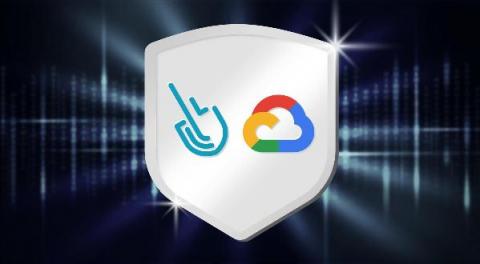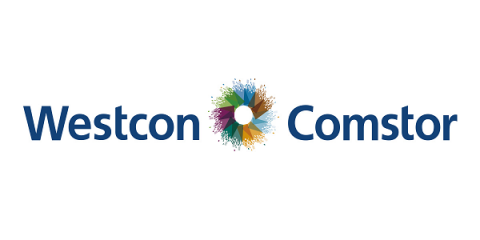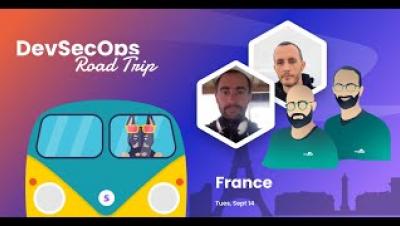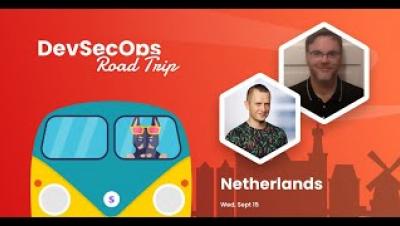Introduction to SAST
DevSecOps means countering threats at all stages of creating a software product. The DevSecOps process is impossible without securing the source code. In this article, I would like to talk about Static Application Security Testing (SAST). As development fluency is growing every year, many companies are introducing DevSecOps. Its main message calls for ensuring continuous safety control at every stage of product creation. At the same time, DevSecOps processes are automated as much as possible.













